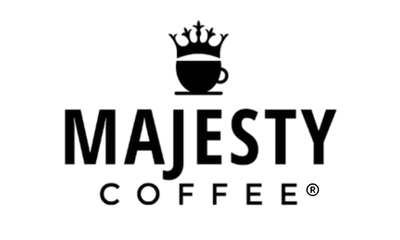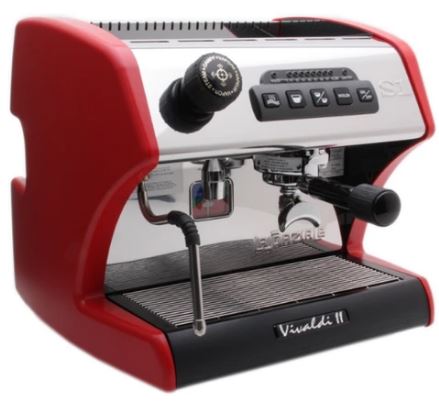What a powerful and easy to use espresso machine that doesn't take up too much space. We are a restaurant and didn't need a 10-20K machine, but sell quite a few espressos, cappuccinos, lattes, and espresso martinis. The larger boiler and consistent water temp and programmable settings make it so easy to crank out shot after shot. Majesty Coffee had a great price and delivered it very fast in a well packed transportation box. Only negative is minor but lack of detail in manual from La Spaziale made it a tad difficult to set up. Majesty Coffee had more details to get me through install and setup. It also sits on the bar failry close to customers, but it is attractive and quiet. If you want, you can even covert group heads to handle ESE pods which saves even more on speed and cleanup but makes an outstanding shot of espresso.
This is the best grinder I have ever had! I strongly suggest getting the Grind By Weight; it makes a huge difference in getting consistently fantastic espresso shots. Great company, very helpful and quick to respond.
Easy to use! Very sleek and classy, perfect for our 5 star experience.
High quality product. It is worth the investment.
Its simple to use and clean. It makes good coffee. BUT ... if you brew 8 or more cups the water infuses into the basket (regardless of paper or gold filter) and the ground splash over and get into the carafe.










































